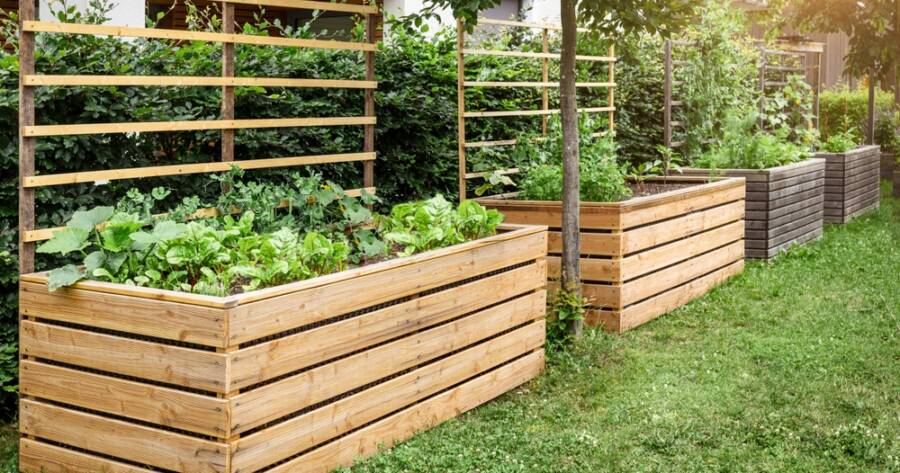Growing vegetables at home is both a rewarding hobby and a way to eat healthier. But traditional in-ground gardening can present challenges such as poor soil, weeds, and back strain. That’s where raised garden beds come in. By elevating the growing space, raised beds simplify the process, making it easier to manage soil quality, improve drainage, and care for plants. For beginners and experienced gardeners alike, they offer a practical solution for successful vegetable gardening.
Better Soil Control for Healthier Plants
One of the biggest advantages of raised garden beds is control over soil quality. Many backyards have compacted or nutrient-poor soil that makes growing vegetables difficult. With raised beds, you can start fresh by filling them with rich, well-balanced soil tailored to your crops.
This flexibility allows you to choose a mix that encourages strong growth, whether that means adding compost for nutrients, sand for better drainage, or peat for moisture retention. Because the soil stays loose and well-aerated, vegetable roots can grow deeper and stronger, resulting in healthier plants and bigger harvests.
Improved Drainage and Fewer Weeds
Drainage problems are common in traditional gardens, especially after heavy rain. Raised beds solve this issue by lifting the soil above ground level, allowing excess water to drain more easily. Vegetables such as tomatoes, peppers, and carrots thrive in this type of environment because their roots are less likely to become waterlogged.
Raised beds also help reduce weed problems. Because the growing area is elevated and clearly defined, it’s harder for weeds to spread from surrounding ground. Gardeners can also add mulch or landscape fabric to further minimize unwanted growth. Less weeding means more time enjoying your garden and less time battling invasive plants.
Easier Access and Less Strain
Another reason raised garden beds make vegetable gardening easier is their accessibility. Bending or kneeling on the ground can be tough on the back and knees, especially for older gardeners or those with mobility issues. Raised beds bring the plants closer to waist level, reducing strain and making gardening more comfortable.
The structured design also helps with organization. With defined edges and contained soil, it’s easier to create neat rows, rotate crops, and manage space. This makes raised beds not only practical but also visually appealing, turning a vegetable garden into a tidy feature of your yard.
Extended Growing Season
Raised beds can also extend the growing season. Because the soil is elevated, it warms up more quickly in spring compared to ground-level soil. This means you can plant earlier and enjoy fresh vegetables sooner.
Some gardeners add covers or hoops over their raised beds, creating mini-greenhouses that protect plants from frost and pests. These simple additions make it possible to grow vegetables later into the fall, giving you more months of harvest and fresh produce.
Perfect for Small Spaces
Even if you don’t have a large backyard, raised garden beds make it possible to grow a wide variety of vegetables in smaller spaces. Whether you live in a suburban home with a modest yard or in an urban area with limited outdoor space, raised beds provide a manageable and productive solution.
Because they’re contained, you can place them on patios, rooftops, or small yards. Vertical supports can also be added for climbing vegetables like beans and cucumbers, maximizing the use of limited space. This makes raised beds an excellent choice for families who want to enjoy gardening without needing a large plot of land.
A Smarter Way to Garden
Raised garden beds simplify nearly every aspect of growing vegetables. They offer healthier soil, better drainage, fewer weeds, and greater accessibility, all while extending the growing season.
For busy families, retirees, or first-time gardeners, they provide a manageable way to enjoy fresh produce without the frustration of traditional gardening challenges. By investing a little effort in setting up raised beds, you can reap the rewards of a thriving, productive vegetable garden that makes homegrown food easier than ever.

